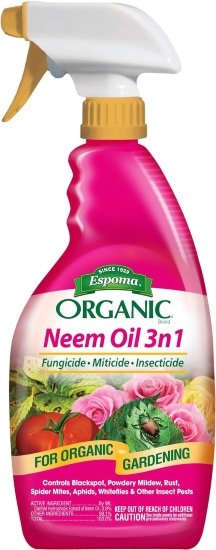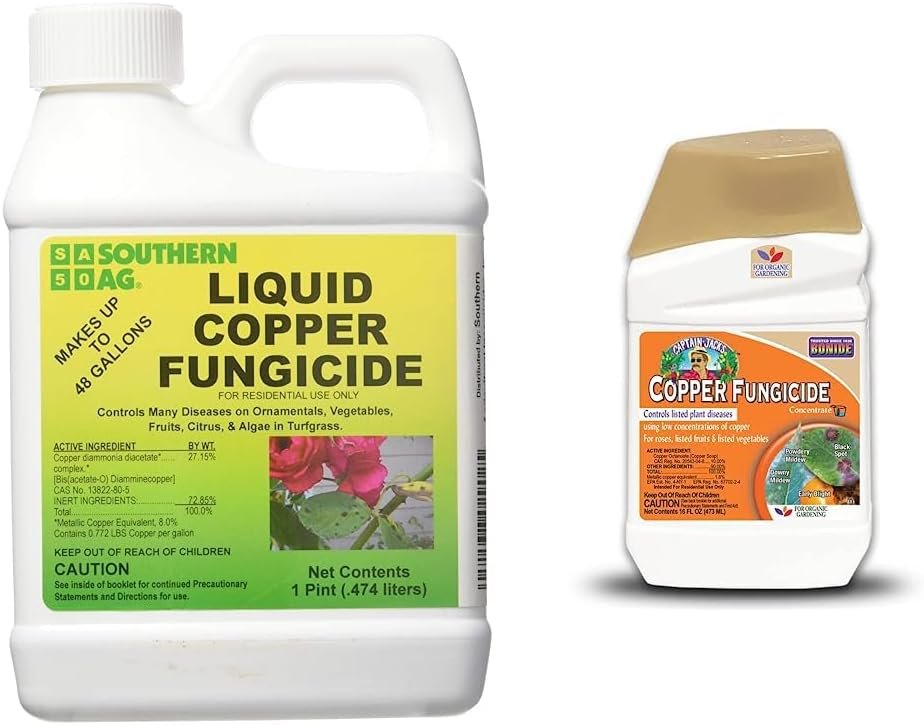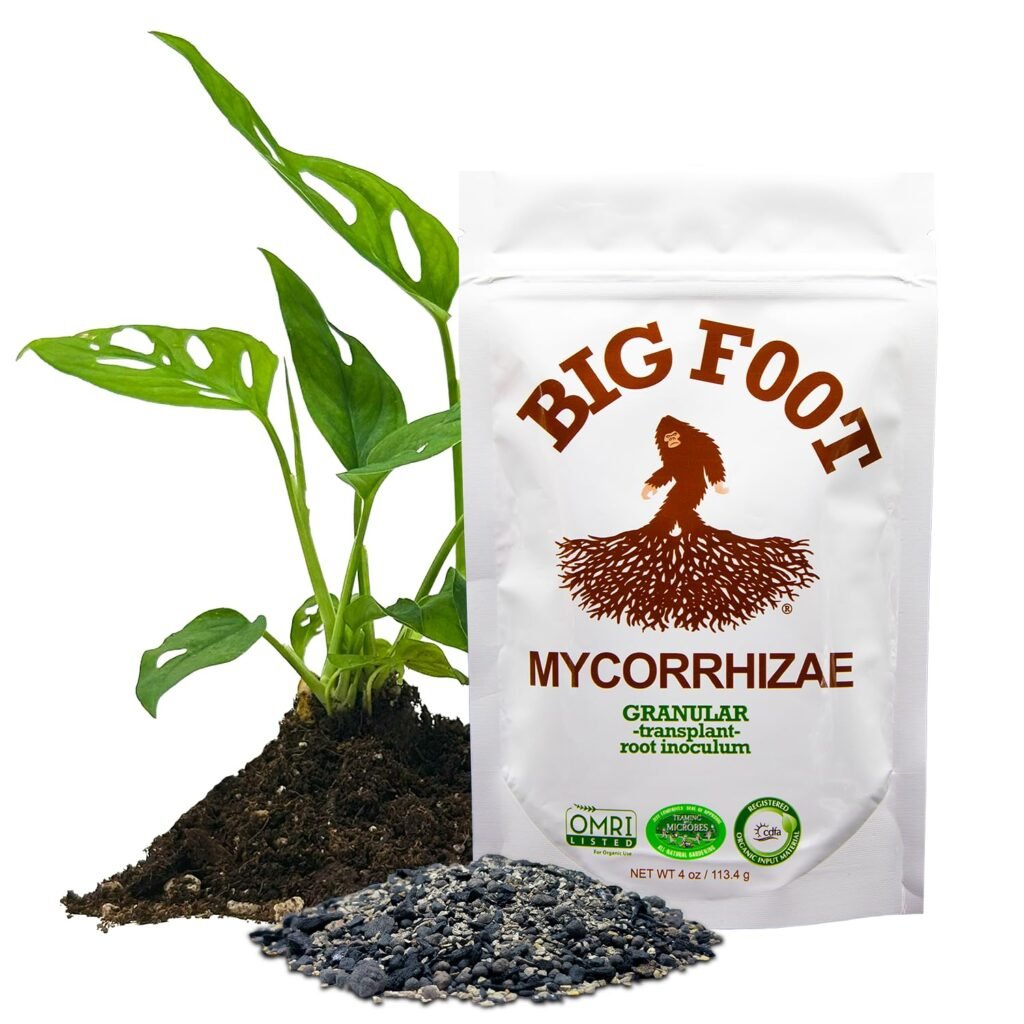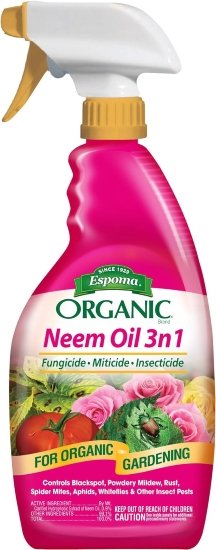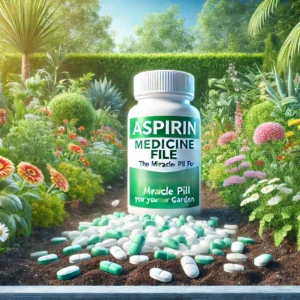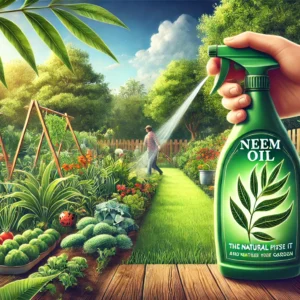Neem is a resilient and beneficial tree known for its medicinal properties and use in organic pesticides. However, even the hardy neem plant can fall prey to various diseases. Knowing how to identify, treat, and prevent these diseases can help maintain the health and vitality of your neem tree.
1. Powdery Mildew
Symptoms of Powdery Mildew
- White, powdery coating on leaves, stems, and buds.
- Leaves may become distorted or stunted.
- Affected leaves may yellow and fall off.
Cause of Powdery Mildew
- Caused by fungal pathogens, especially from the Erysiphaceae family.
- Thrives in warm, dry conditions and environments with poor air circulation.
Cure for Powdery Mildew
- Natural: Spray a solution of 1 teaspoon baking soda, a few drops of liquid soap, and 1 liter of water on affected parts.
- Organic: Use neem oil or sulfur-based fungicides.
- Chemical: Apply fungicides containing myclobutanil or propiconazole.
Prevention from Powdery Mildew
- Ensure adequate spacing between plants for good air circulation.
- Water plants at the base rather than overhead.
- Keep the planting area free from debris and plant residues.
2. Neem Leaf Spot
Symptoms of Neem Leaf Spot
- Small, dark brown to black spots on leaves.
- Spots may have yellow halos around them.
- Severe infections can cause leaf drop.
Cause of Neem Leaf Spot
- Caused by the fungus Pseudocercospora subsessilis.
- Often spread in wet, humid conditions.
Cure for Neem Leaf Spot
- Natural: Remove and destroy affected leaves to prevent the spread.
- Organic: Spray with copper-based fungicides.
- Chemical: Use fungicides containing chlorothalonil or mancozeb.
Prevention from Neem Leaf Spot
- Water in the early morning to allow the plant.
3. Neem Wilt
Symptoms of Neem Wilt
- Sudden wilting of leaves, starting with young shoots.
- Leaves may turn yellow and then brown.
- Affected branches may die back.
Cause of Neem Wilt
- Caused by soil-borne fungi like Fusarium oxysporum.
- Often occurs in poorly drained soils.
Cure for Neem Wilt
- Natural: Improve soil drainage by adding organic matter.
- Organic: Use a bio-fungicide containing Trichoderma.
- Chemical: Apply soil fungicides like thiophanate-methyl.
Prevention from Neem Wilt
- Ensure proper soil drainage by avoiding waterlogging.
- Plant neem in well-drained soils.
- Rotate crops to prevent the build-up of soil-borne pathogens.
4. Sooty Mold
Symptoms of Sooty Mold
- Black, sooty coating on leaves and stems.
- Leaves may be sticky due to honeydew from aphids or other insects.
- Can block sunlight, reducing photosynthesis.
Cause of Sooty Mold
- Grows on the honeydew excreted by sap-sucking insects like aphids, whiteflies, and scale insects.
- Fungal growth, not directly harmful to the plant but indicates insect infestation.
Cure for Sooty Mold
- Natural: Wash affected areas with water and mild soap.
- Organic: Control sap-sucking insects with neem oil or insecticidal soap.
- Chemical: Use insecticides to manage insect populations.
Prevention from Sooty Mold
- Regularly inspect for and control insect infestations.
- Prune affected areas to improve air circulation and sunlight penetration.
- Encourage beneficial insects that prey on sap-sucking pests.
By keeping an eye out for these common diseases of the neem plant, understanding their causes, and implementing effective cures and prevention strategies, you can help ensure that your neem trees remain healthy and robust. Regular monitoring and proactive care are essential for managing plant diseases and promoting a thriving neem tree.

